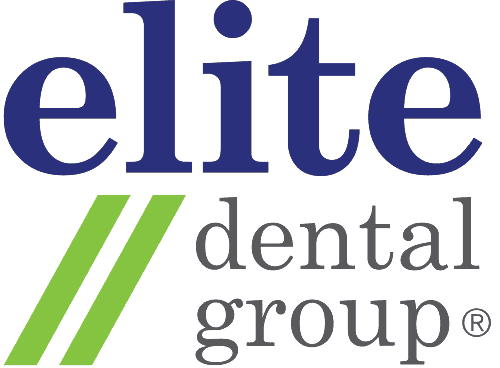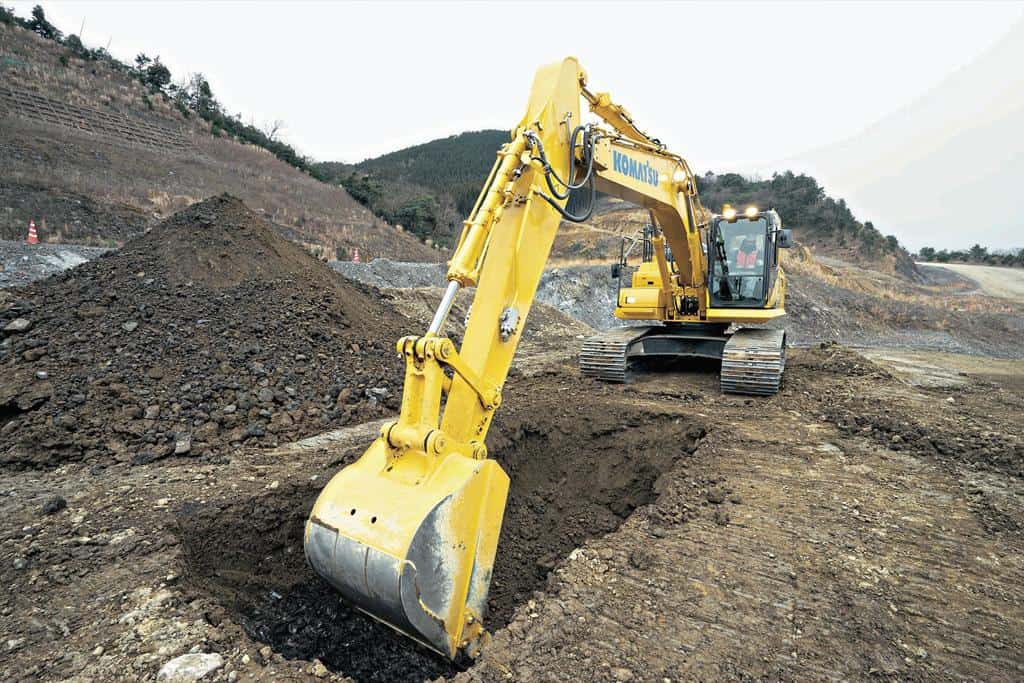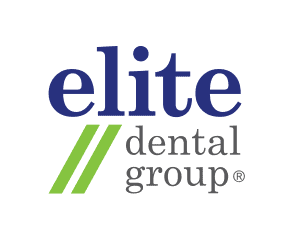What is Deep Gum Cleaning or Root planing?
Deep gum cleaning focuses on the removal of bacteria, plaque, tartar and debris from the root surfaces of teeth under the gum line.
How is it different from a regular dental cleaning?
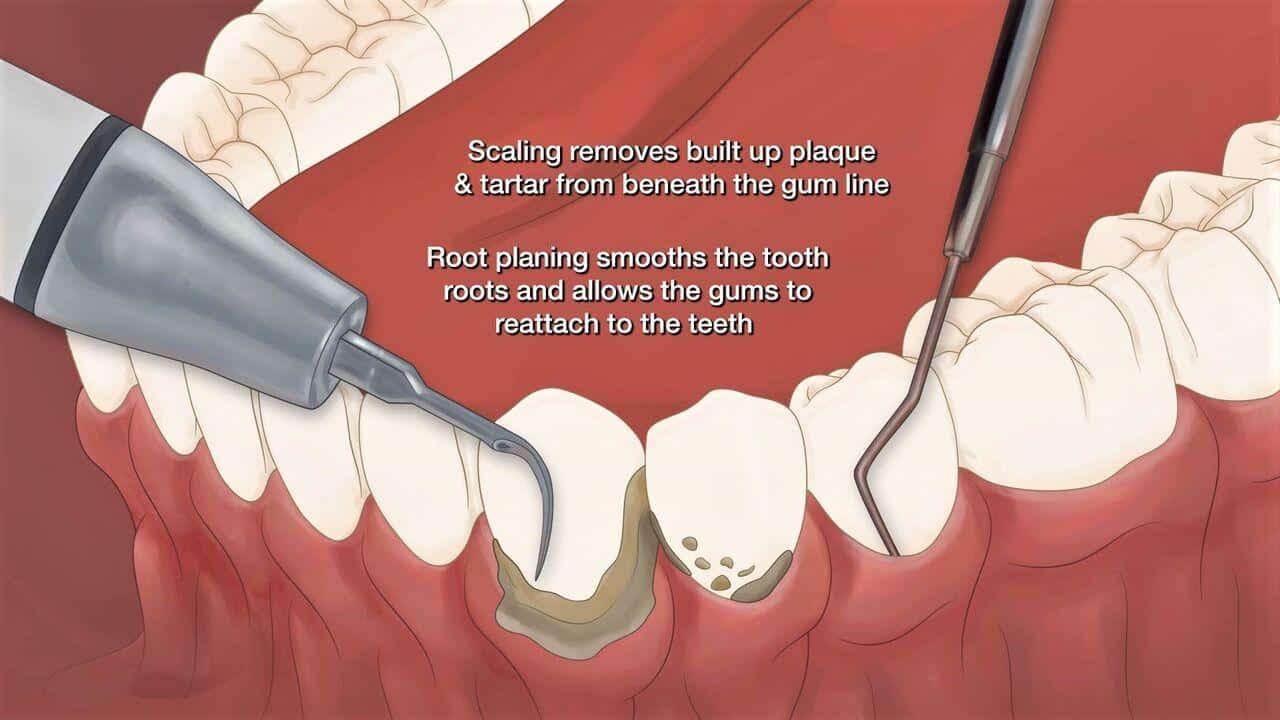
How do I know if I need a deep gum cleaning?
| Deep Gum Cleaning | Regular Dental Cleaning | |
|---|---|---|
| Requires local anaesthetic | ✔ | |
| Plaque and tartar removed at and above the gum line | ✔ | |
| Plaque and tartar removed below the gum line, on the root surface | ✔ | |
| Antibiotics/probiotics/antiseptic mouthrinse prescribed | Occasionally | Occasionally |
Deep gum cleaning is usually done in deep (>4mm) gum pockets. Deep cleaning is the cornerstone of managing gum disease. At every active maintenance checkup, your gum health will be assessed in detail and you will be informed if you have any gum disease. Do note that gum disease is often painless from early to late stages of the disease and it is commonly known as the “silent killer” amongst dental conditions. Often, the only sign observed by patients with active gum disease is bleeding gums especially when brushing teeth.
Gum disease is caused by the build-up of plaque and tartar under these gum pockets due to the lack of proper dental hygiene. This results in gum recession, bone loss, gum bleeding and swelling and eventual loosening and loss of teeth. Your genetics and systemic health conditions such as diabetes and smoking also contribute to your gum disease risk.
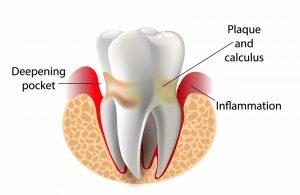
Deep Gum Cleaning at Elite Dental
Step 1: Assessment
Your gum health is assessed as part of the new patient examination and at your active maintenance visits. Periodic x-rays may reveal areas of bone loss, the warning sign for gum disease.
If you have previously been treated for gum disease with deep cleaning, we will be monitoring the treated areas for deep pockets and bleeding from the gums.
Deep pockets that bleed are identified for deep cleaning at a subsequent visit.
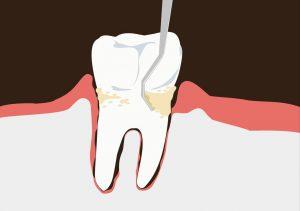
Step 2: Deep cleaning procedure
Deep cleaning is done under local anaesthetic. Ultrasonic scalers and hand instruments (for more detailed cleaning) are used to remove plaque and tartar from below the gum line, and smooth out rough areas on the root surfaces. Old rough fillings may also need reshaping/polishing. Smoothing these rough areas provides a favourable surface for the gums to re-attach.
No stitches are usually required. You may be prescribed painkillers and an antiseptic mouthwash.
Your gums may bleed slightly for 1-2 days after the procedure and your teeth may also feel sensitive for up to a week. We would require you to follow instructions on rinsing with an antiseptic mouthwash for up to 2 weeks. Using an electric toothbrush and cleaning in between the teeth daily will also encourage rapid healing. It is also common for teeth to feel “bare” and full of “gaps” as well for a number of days after the procedure.
After 2 weeks, it is normal to notice even bigger gaps forming between your teeth as the gum inflammation resolves. These gaps may be more sensitive to cold or sour food and drink. In cases with severe underlying bone loss, these gaps may be permanent.
Step 3: Active (periodontal) maintenance with Guided BIofilm Therapy (GBT)
Follow up visits are always required to monitor healing and to maintain the health of your gums.
Patients with a history of gum disease should have active maintenance once every three to four months.
Active maintenance with Guided Biofilm Therapy (GBT) is the best way to monitor your oral hygiene progress. Since most patients treated with deep gum cleaning usually end up with gum recession as the gums heal, GBT is the best way to gently clean exposed root surfaces and inside residual pockets with the Perioflow nozzle.
For severe cases of gum disease, deep cleaning is just the first stage of treatment. Other surgical procedures (Medisave claimable) such as gum regeneration surgery, gum grafting and/or bone grafting surgery may be needed.
You may be referred to our in-house gum specialist (periodontist) for more complex treatment.
[su_button url="other_services" style="default" background="#003853;" size="6" wide="yes" center="yes" radius="0"]TO SERVICES[/su_button]


